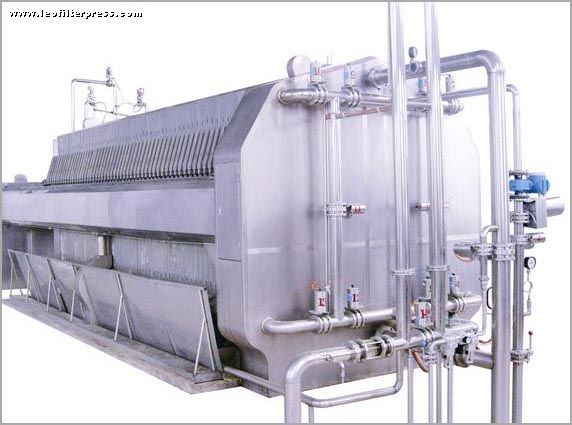Not sure whether Screamin’ Jay Hawkins made his own booze, but malt conditioning is a very useful method for anyone not using a mash filter for sparging.
A mash filter is a device tha provides an incredibly high extraction rate. The setup and operation of this equipment is neatly shown in this video.
Traditionally, the malt is milled in a 5 or 6 roller mill (add a cost of 1.5 million quid for that one) and separated via sieves into several components. The main idea here is to separate the husk from the grain.
 Such setups are the pinnacle in the art of brewing. The spelts do contain nutrients and some starches not separated by the mill. They are therefore mashed separately, usually via step infusions. The remainder gets the usual treatment via double decoction.
Such setups are the pinnacle in the art of brewing. The spelts do contain nutrients and some starches not separated by the mill. They are therefore mashed separately, usually via step infusions. The remainder gets the usual treatment via double decoction.
Then the spelts are sparged the usual way, whereas the very viscous mash of the remainder is now transferred into the chambers of the mash filter. Then compressed air squeezes via air bags from both sides which pretty much extracts the entire sugar content without running into danger of extracting the unwanted tannins. The mash efficiency shoots up considerably. Breweries using these methods often sport an efficiency north of 95%.
Later either the entire portion of the extract gained from the spelts is added to the wort gained from the mash filter, or just a portion of it, pending on the intentions of the brewmaster.
The Augustiner brewery in Munich produces their very bright and full-bodied lagers this way, I also heard that Tucher employs this method.
Needless to say, that this is a bit out of reach for most people.
For Bavarian beers, a bright colour and a full body are the hallmarks of the style. Using conventional methods this would make the beers much darker. This, and the effects of introducing oxygen into the mash (which will darken the beer) would rapidly add another 2 EBC in wort colour. For those who want to make their favourite Bavarian beers, I would advise to formulate the recipes darker by this amount.
Enter malt conditioning.
I’ve stopped purchasing pre-crushed malt. Unless one uses it up within 1-2 weeks of crushing, the enzymatic strength goes down considerably. If the bag is sealed and no moisture can get there, then this is not much of an issue, but an entire 25kg bag crushed is a bad idea. I am very happy with the Mill I got from Germany. It’s incredibly solid and comes with a lifetime guarantee. At 5.5kg weight, it’s not flimsy either.
In order to avoid the husk being damaged and thus facilitating the extraction of these unwanted tannins, the grain is sprayed with a very fine mist of water, which is then allowed to ‘soak’ for about 30 minutes if the water has a temp of about 14C. Again, there are many variations of this, but this is the simplest and an equally effective method.
One must be extremely careful not to add too much water. I cannot stress this enough. I’ve had to discard quite a volume of grain several times until I got it right. But the advantages are many fold. One thing it allowed me to do is crush the grain much finer. The husks are also way more intact and the whole crush is fluffier as result.
The result won’t have a huge impact on the extract gained during the mash, but studies have shown that the extraction rate during the sparge is considerably higher. The taste of the beer also improves considerably. For a delicate style like a Vienna or Munich lager, this shows rapidly.
Here is a video of someone conditioning his malt before the crush. It may not exactly remind one of Bavaria, but the important thing to take away from this one is how little water is actually needed.
For anyone who wants to try it, think less is more. Really! There is nothing more tedious than having to clean the rollers of a mill with a brush after dismantling it.
For my purposes however, the results are well worth it!

An interesting effect of this is presumably that less dust is generated, which is good for the respiratory health of the operators and reduces the risk of dust explosions in the brewery.
LikeLike